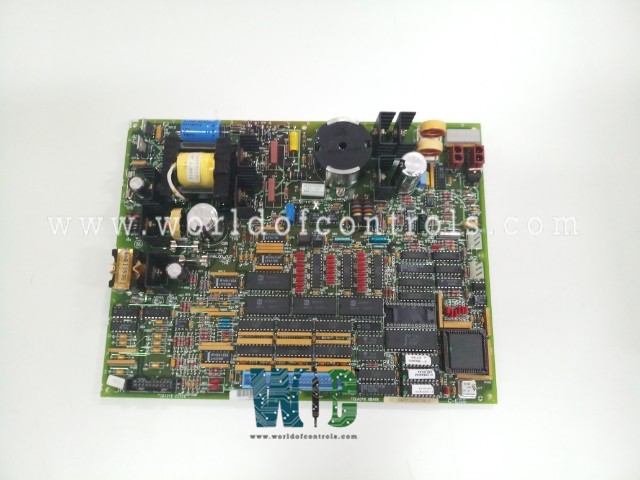
World Of Controls understands the criticality of your requirement and works towards reducing the lead time as much as possible.
DS200TCEAG2BNE - TC2000 Emergency Overspeed Card is available in stock which ships the same day.
DS200TCEAG2BNE - TC2000 Emergency Overspeed Card comes in UNUSED as well as REBUILT condition.
To avail our best deals for DS200TCEAG2BNE - TC2000 Emergency Overspeed Card, contact us and we will get back to you within 24 hours.
SPECIFICATIONS:
Part Number: DS200TCEAG2BNE
Manufacturer: General Electric
Series: Mark V LM
Board rating: 125 V DC
Product Type: Emergency Overspeed Card
Impedance to the ground: 75 Ohms
Overspeed Trip: J28/J29
Connectors: J7, JK, JL, JW, JX1
Redundancy: Dual
Power Requirements: +5 V dc, 6 A
Operating temperature: -30 to +65°C
Size: 30.48cm High x 21.33cm
Mounting: 4 mounting Holes
Repair: 3-7 days
Availability: In Stock
Country of Origin: United States
FUNCTIONAL DESCRIPTION:
DS200TCEAG2BNE is a TC2000 Emergency Overspeed Card manufactured and designed by General Electric as part of the Mark V LM Series used in GE Speedtronic Control Systems. The Emergency Overspeed Board (TCEA), located in the Protective Core
The I/O Engine in
TCEA CONNECTORS:
TCEA AUTOMATIC SYNCHRONIZING CIRCUIT:
The bus and generator voltages are initially received at the PTBA terminal board and routed to the TCEB board via the JV connector. From there, they are passed to the TCEA board through the JMP connector. The TCEA’s embedded software, stored in its EPROMs, manages both speed and voltage matching. Once it confirms that the generator and line voltages and frequencies are within the thresholds defined by the I/O Configuration constants, it sends a permissive signal to allow breaker closure. In parallel, the STCA board conducts a separate synchronization check and transmits a logic signal to the TCEA board. Both the permissive and synchronization signals must be valid for the breaker to close.
WOC has the largest stock of OEM Replacement Parts for GE Speedtronic Control Systems. We can also repair your faulty boards and supply unused and rebuilt boards backed up with a warranty. Our team of experts is available around the clock to support your OEM needs. Our team of experts at WOC is happy to assist you with any of your automation requirements. For pricing and availability on parts and repairs, kindly contact our team by phone or email.
How do the TCEA boards communicate with each other and the rest of the system?
The TCEA boards communicate via daisy-chained IONET connections using JX1 and JX2 connectors. Board
How are input signals routed to the TCEA boards?
Input signals such as speed, flame, and voltage values are first received by the Protection Termination Expander Board (TCEB) in location two of the
What is the function of the trip signal connections (JL)?
Each TCEA board connects to the Turbine Trip Board (TCTG) in the